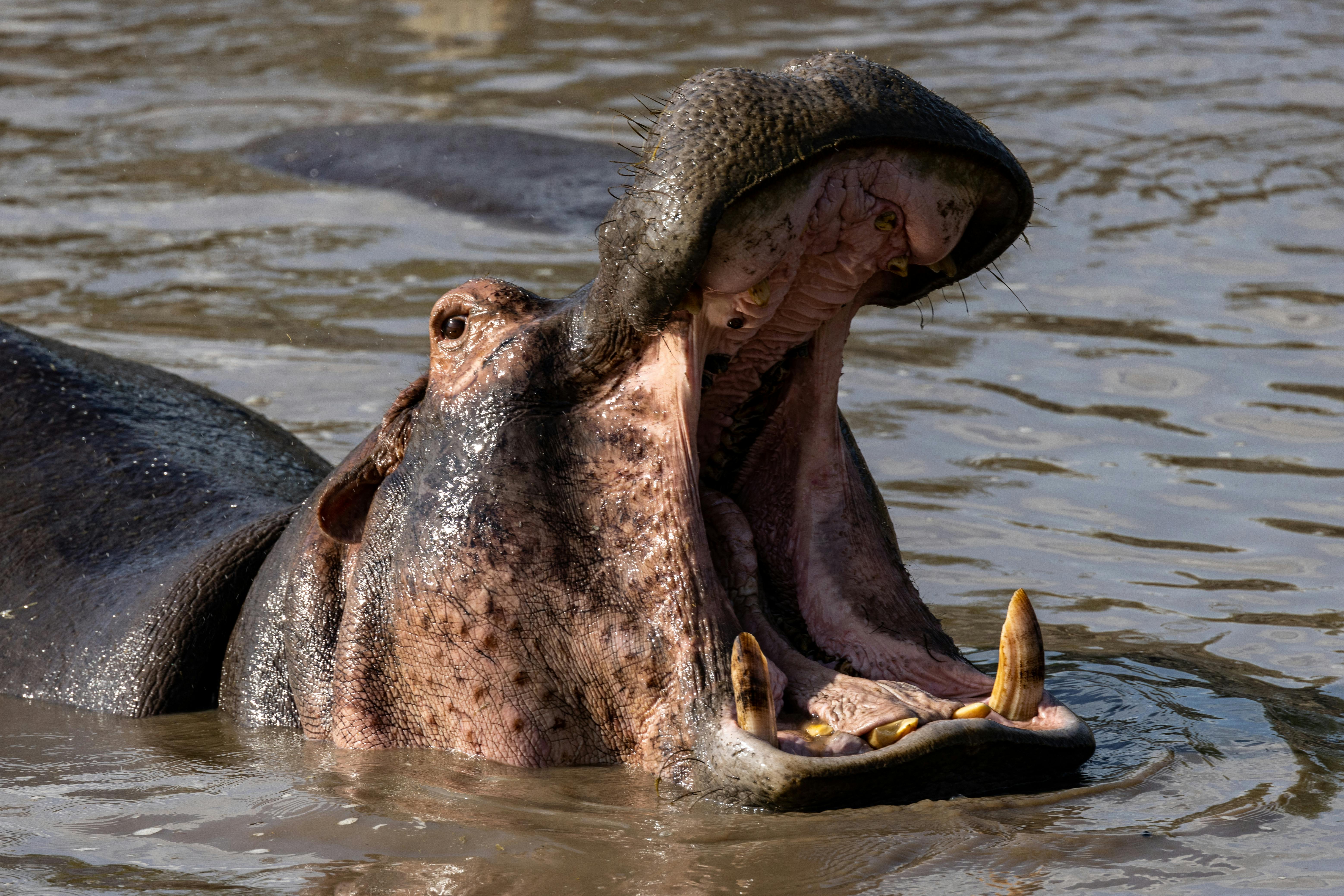Floating a horse’s teeth is an important part of its dental care. It helps keep their teeth and mouth healthy, and can help reduce the risk of infection or dental issues. Floating a horse’s teeth involves filing down sharp edges and points on the horse’s molars and premolars. This process is done with a special tool called a float, which is used to smooth out these edges. In this article, we’ll discuss the steps involved in floating a horse’s teeth.Floating a horse’s teeth refers to the process of filing down sharp edges and points on a horse’s teeth. This is done to improve the horse’s ability to chew and digest feed, reduce discomfort, and prevent damage to the mouth and tongue. The process of floating a horse’s teeth is usually performed by an equine dentist or veterinarian.
How to Identify if a Horse Needs their Teeth Floated
It is important to identify if your horse needs their teeth floated in order to maintain proper dental health. Floating a horse’s teeth helps to prevent the sharp points that can develop and cause issues with eating, drinking, and general comfort. Here are some signs that your horse may need their teeth floated:
1. Difficulty Chewing – If your horse appears to have difficulty chewing or is dropping more feed than usual from their mouth, this could be an indication that they need their teeth floated.
2. Excessive Salivation – Another sign that your horse may need their teeth floated is excessive salivation. You may notice that they are producing more saliva than usual while eating or even while just standing still.
3. Headshaking – If you observe your horse headshaking while being ridden, this could be an indication of dental discomfort and a sign that they need their teeth floated.
4. Unusual Eating Habits – If you notice your horse changing its eating habits, such as only eating from one side of the mouth or avoiding certain types of food, this could be due to dental discomfort and a sign that they need their teeth floated.
If you recognize any of these signs in your horse, it is important to consult with your veterinarian as soon as possible to ensure proper dental health and comfort for your horse.
Floating a Horse’s Teeth
Floating a horse’s teeth is an important procedure to maintain the horse’s health and well-being. It is recommended that horses have their teeth floated at least once a year, although more frequent floating may be needed depending on the individual horse’s needs. In order to properly float a horse’s teeth, certain equipment is needed. This includes a dental speculum, dental floats, and bits for the horse.
A dental speculum is used to open the horse’s mouth so that the dentist can access the teeth more easily. It is adjustable and made of metal so that it will not break when placed in the horse’s mouth. The dental float is then used to round off any sharp edges on the teeth or to remove any built up tartar or calculus. The float should be made of high quality steel and be able to handle high levels of pressure without breaking or damaging the teeth.
Bits are also necessary for floating a horse’s teeth correctly. Bits are designed specifically for horses and are available in various sizes and shapes depending on what type of work needs to be done on the horse’s teeth. The bit should fit comfortably in the horse’s mouth without causing any discomfort or pain, as this could cause stress for both the dentist and patient during the procedure.
Overall, proper equipment is needed when floating a horse’s teeth in order to ensure that it is done correctly and safely. This includes a dental speculum, dental floats, and bits for the horse that fit comfortably in its mouth without causing any discomfort or pain during the procedure.

Positioning the Horse During the Procedure
When it comes to positioning a horse for a procedure, it is important to ensure that the horse is comfortable and secure. The position of the horse should always be considered when performing any medical or veterinary treatment. To ensure that the horse is in a safe and comfortable position during any medical procedure, there are several steps that should be taken.
First, it is important to set up a suitable area for the procedure. This area should be large enough to accommodate both the horse and any equipment needed for the procedure. It should also be free from distractions and have good lighting to help ensure that everything can be seen clearly during the procedure.
Next, it is important to identify how best to position the horse for the procedure. Many procedures require that the front legs of the horse be positioned slightly forward while its rear legs are positioned slightly back. This will help keep the horse balanced and stable throughout the procedure. Additionally, if possible, one person should stand on either side of the horse in order to provide extra stability and support during any procedures that require movement or manipulation of any kind.
Finally, it is important to make sure that all straps and restraints used during any medical procedures are properly fitted and secured before beginning. This helps ensure that both parties remain safe throughout any medical treatments or procedures being performed on horses. It also helps ensure that no unnecessary strain or discomfort will be placed on either party during these treatments or procedures.
Floating a Horse’s Teeth
Floating a horse’s teeth is a process that helps to keep the horse’s mouth healthy. The process involves using a specialized tool to smooth and shape the teeth. Floating can help to reduce discomfort, improve chewing efficiency, and prevent infection. It is important to prepare the area properly prior to floating the teeth in order to ensure the safety of both the horse and the person doing the work.
The first step in preparing for floating a horse’s teeth is to have all of the necessary equipment on hand. This includes tools such as a float, rasps, and dental mirrors as well as protective gear such as gloves and goggles. It is also important to have something for the horse to bite down on, such as a bit or piece of leather, in order to keep them still during the process.
The next step is to make sure that there is adequate light in order to properly see what is going on inside of the horse’s mouth. This can be done with overhead lights or by using a headlamp or flashlight depending on what type of environment you are working in.
It is also important that you have someone else present who can assist you if needed. This person should be familiar with horses and preferably have some knowledge of equine dentistry so that they can help if needed. Having an assistant can also help with keeping the horse calm during the procedure.
Finally, it is important that you take your time while floating a horse’s teeth. Rushing through this process could cause more harm than good so it is best to take your time and be careful while working inside of their mouth. Make sure that you clean up any debris afterwards so that it does not end up affecting other areas of their body.
In conclusion, proper preparation before floating a horse’s teeth is essential for their safety and comfort. Having all of the necessary equipment on hand, having adequate lighting, having an assistant available, and taking your time are all very important steps for successful equine dentistry work.
Floating a Horse’s Teeth
Floating a horse’s teeth is an important part of its dental care. This procedure helps to keep the horse’s mouth healthy and allows them to chew their food properly. Floating a horse’s teeth involves using a special tool to remove any sharp edges that could cause injury or discomfort. It is important that this procedure is done safely and effectively in order to minimize risk of injury and ensure the horse’s comfort. Here are some tips for safely and effectively floating a horse’s teeth:
Use the Right Tools
The first step in floating a horse’s teeth is to make sure you have the right tools for the job. It is important to use a specialized equine dental float, as this will ensure the most precise results. You should also make sure you have plenty of clean rags on hand, as these will come in handy for cleaning up any debris that may be created during the procedure.
Examine the Mouth First
Before beginning the procedure, it is important to take some time to examine your horse’s mouth carefully. Look for any signs of infection or inflammation, as well as any sharp edges or irregularities that may need to be addressed during the floating process. This step should be done carefully and slowly in order to give your veterinarian enough time to identify any potential issues before they become bigger problems down the line.
Be Gentle and Patient
When it comes time to actually begin floating your horse’s teeth, it is important that you remain gentle and patient throughout the process. Horses can be sensitive creatures and it is essential that they feel comfortable with what is being done to them. Make sure you go slowly and don’t apply too much pressure when using your float – this will help reduce discomfort for your horse.
Follow Up Regularly
Finally, it is important to follow up regularly after having your horse’s teeth floated. Many horses need their teeth floated every 6 months or so in order for their mouths to stay healthy and comfortable. Make sure you follow up regularly so that any issues can be identified quickly and addressed appropriately before they become more serious problems.

Conclusion
Floating a horse’s teeth is an important part of its dental care. The process helps to create a balanced bite, reduce wear and tear on the teeth, and remove sharp points that can cause pain. It should be done by a qualified veterinarian or equine dental technician who is equipped with the right tools and has experience in floating horses’ teeth. When done properly, floating can help to ensure your horse’s overall comfort and health.
By following these steps, you can be sure that your horse will receive the best possible dental care. If you are unsure of how to float your horse’s teeth yourself, seek advice from your veterinarian or an experienced equine dental technician to ensure the best outcome for your horse.
Taking good care of your horse’s teeth is essential for keeping them healthy and comfortable for many years. Floating their teeth regularly is an important part of this process, and will help them stay healthy and happy.
